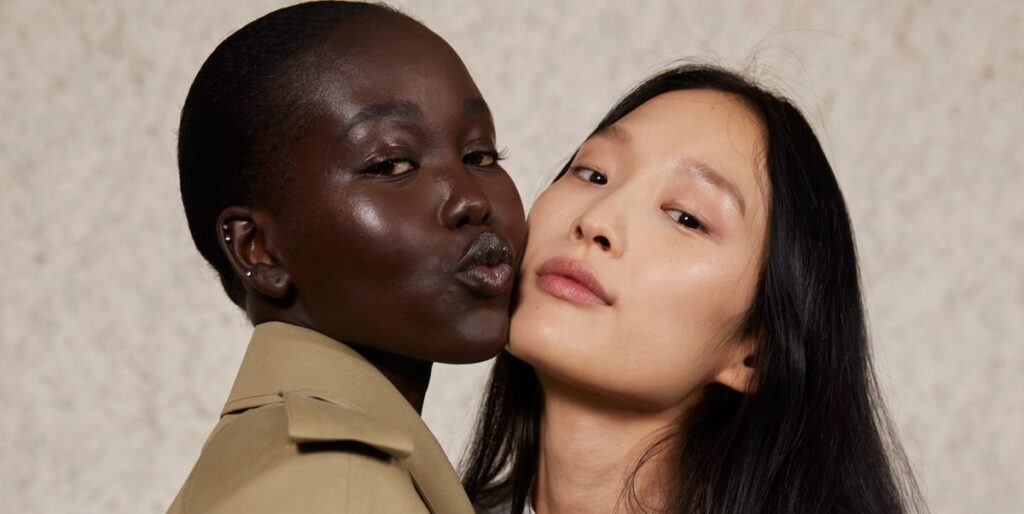Understanding Gua Sha: An Ancient Practice for Modern Wellness
Gua Sha is an ancient healing technique that hails from Traditional Chinese Medicine (TCM). This practice involves using a smooth-edged tool—frequently made from materials like jade or rose quartz—to scrape the skin in a specific manner. Although Gua Sha might look like a recent trend in the beauty world, it has a long history, where it has been traditionally utilized for its therapeutic properties. Its primary aim is to encourage circulation, reduce inflammation, and promote overall wellness, making it relevant today in our hustle-and-bustle lifestyle. As more individuals seek natural remedies for various ailments, Gua Sha serves as a bridge connecting ancient wisdom to contemporary wellness practices.
At its core, Gua Sha is about stimulating the body’s natural healing processes. When the skin is scraped, it can lead to increased blood flow, which may help rejuvenate tired skin and release muscle tension. This technique can be applied not only to the face but also to various parts of the body, such as the neck, back, and shoulders. People often report feeling a sense of relief and lightness immediately following a Gua Sha session. Moreover, the facial variation is particularly beloved in beauty circles, where it’s celebrated for its ability to promote a radiant complexion, reduce the appearance of fine lines, and combat facial puffiness. Gua Sha tools, often aesthetically pleasing, have become a staple in many wellness cabinets.
While using a Gua Sha tool may appear deceptively simple, certain techniques can enhance its efficacy significantly. It’s essential to use proper pressure and angles while gliding the tool over the skin to avoid bruising. Many enthusiasts recommend beginning with a clean and moisturized face or body to prevent any irritation. Essential oils or serums can be added during the process, creating an engaging sensory experience that not only nourishes the skin but also promotes relaxation. Various techniques target different areas for specific results, such as lifting and firming the jawline or smoothing the brow area. A mindful approach to this practice strengthens the connection between mind and body.
As with any beauty or wellness trend, it’s crucial to be aware of who should or shouldn’t use Gua Sha. Generally, it is safe for most individuals; however, those with skin conditions or certain health issues—such as rosacea, recent facial surgeries, or blood clotting disorders—should consult a healthcare provider before trying it. Listening to one’s body is imperative; if something doesn’t feel right during a session, it’s essential to stop and reassess. Additionally, session duration and frequency can vary. Some may enjoy a daily ritual, while others might prefer a few times a week to avoid overstimulating the skin, ensuring that the practice feels rejuvenating rather than taxing.
In the broader context of wellness, Gua Sha embodies the importance of self-care and intentional living. It encourages individuals to carve out time for themselves, immersing in a calming routine that fosters mindfulness. The simple act of dedicating time to oneself amidst life’s chaos can have profound effects on mental health and well-being. Whether it’s a nightly ritual or a weekend self-care session, Gua Sha becomes more than just a beauty treatment; it transforms into an opportunity for individuals to reflect, recharge, and reconnect with themselves. The soothing, ritualistic process is often therapeutic, akin to meditation, where one can cultivate a sense of peace.
In summary, Gua Sha is much more than a skincare trend; it’s a revival of age-old healing practices offering tangible benefits for both the body and mind. The tool of choice, along with the techniques employed, can make a significant difference in the overall experience. By embracing Gua Sha, individuals are not just investing in their appearance but also in their inner wellness. As we navigate our busy lives, integrating ancient rituals like Gua Sha can serve as a reminder of the importance of balance, self-care, and the pursuit of holistic health. The gentle scraping of the tool against the skin becomes a ceremonial act of love, prompting us to honor our bodies and the healing power contained within them.

